Country Philippines Language spoken www.nuevavizcaya.gov.ph Area 3,975.67 km2 | Region Cagayan Valley Capital Bayombong Governor NP Population 421,355 | |
Destinations Bayombong, Solano - Nueva Vizcaya, Bambang - Nueva Vizcaya, Bagabag - Nueva Vizcaya, Aritao Colleges and Universities Saint Marys University (Bayombong), Nueva Vizcaya State University (Bayombong), Aldersgate College (Solano - Nueva Vizcaya) | ||
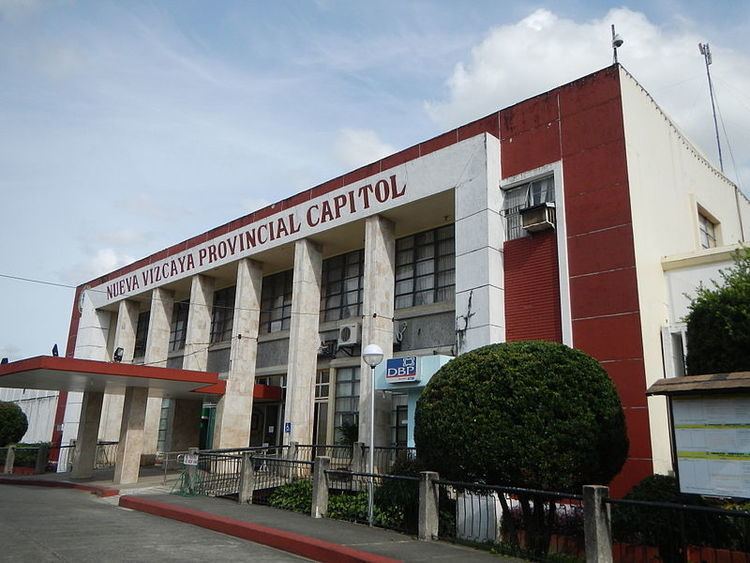
Nueva Vizcaya (English: New Biscay) is a province of the Philippines located in the Cagayan Valley region in Luzon. Its capital is Bayombong.
Contents
- Map of Nueva Vizcaya
- Nueva vizcaya tourist spots
- Pinoy joyride benguet nueva vizcaya road aritao to benguet ambuclao dam
- History
- Geography
- Economy
- Tourist Attractions
- References
Map of Nueva Vizcaya
It is bordered by Benguet on the west, Ifugao on the north, Isabela on the northeast, Quirino on the east, Aurora on the southeast, Nueva Ecija on the south, and Pangasinan on the southwest.
Nueva vizcaya tourist spots
Pinoy joyride benguet nueva vizcaya road aritao to benguet ambuclao dam
History
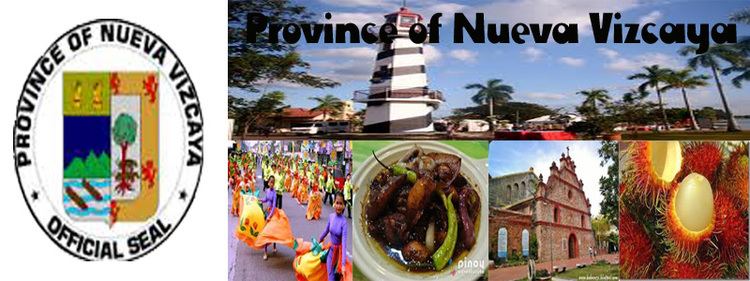
The areas of present-day Nueva Vizcaya used to be a territory of the vast La Provincia de Cagayan, which was once an integral political unit with one governor. The history of organized religion in the province of Nueva Vizcaya dates back to the year 1607 when the Dominican Order arrived at the hinterlands of the province to preach their beliefs. It was not until 1609, however, that the first settlement of a religious order was established in the southern half of the province. In 1702, a convent was erected in Burubur at the foot of the Caraballo mountains in Santa Clara, which is now a barangay of the town of Aritao. It was on this site that the first mass in Nueva Vizcaya was celebrated and the first baptism of a Christian convert was held. In 1839, upon the advice of the alcalde mayor of Cagayan, then-Governor Luis Lardizabal issued an order creating the politico-military province of Nueva Vizcaya. The order was approved by a Royal Decree on April 10, 1841. The original province covered the areas of present-day Nueva Vizcaya, Mountain Province and a large portion of Isabela. Civil government was established in the province by the Philippine Commission in 1902.
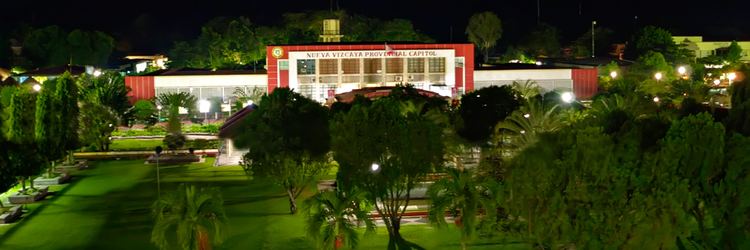
The territories of Nueva Vizcaya were greatly reduced as a result of the formal creation of the province of Isabela in May 1865, wherein a large portion of its northern territory was ceded to the newly-born province.
Geography
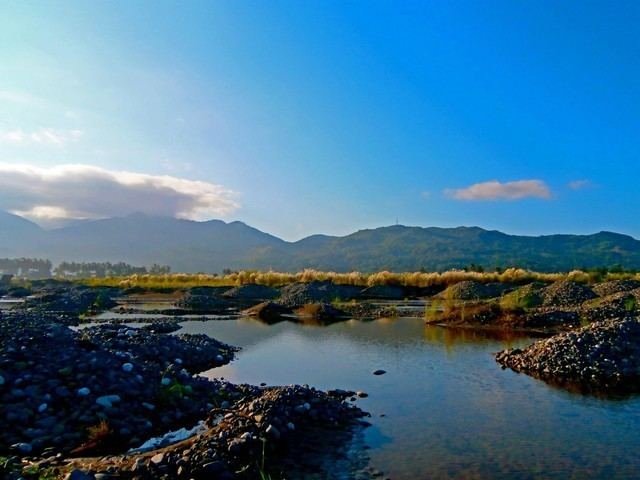
Surrounded by North Luzons three large mountain ranges, Nueva Vizcaya is generally mountainous, varying from steep mountains to rolling hills, with some valleys and plains. It is bordered west by the Cordillera mountains, east by the Sierra Madre mountains, and south by the Caraballo mountains. The province (and the whole Cagayan Valley) are separated from the Central Luzon plains by the Caraballo mountains.
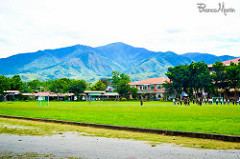
The province has a total land area of 3975.7 square kilometers,. The southernmost province in the Cagayan Valley region, Nueva Vizcaya lies approximately 268 kilometers north of Metro Manila and can be reached by land via the Cagayan Valley Road (Maharlika Highway).
Economy
Agriculture is the main industry in the province, together with rice, corn, fruits and vegetables as major crops. Nueva Vizcaya is a major producer of citrus crops in the country, principally pomelo, ponkan and oranges. Nueva Vizcaya Agricultural Terminal in Bambang supply the demand of neighboring provinces and to Metro Manila. There is a mining industry in the province which added to the province income.
Tourist Attractions
This landlocked province is famous for its high quality citrus fruits. Unsurprisingly, this has given it the nickname of “Citrus Capital of the Philippines.”
